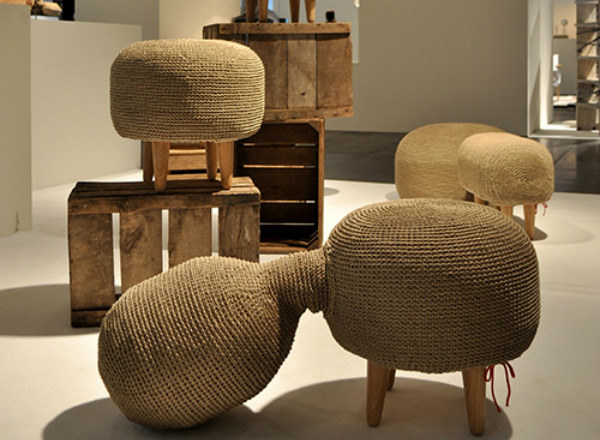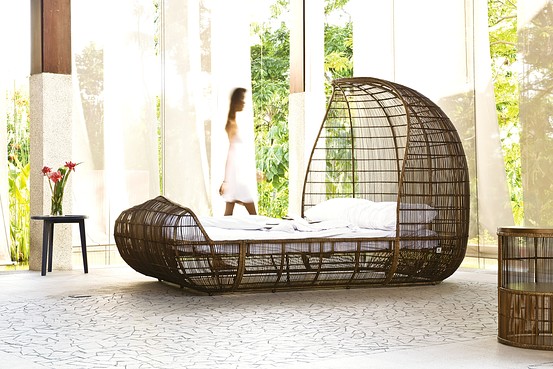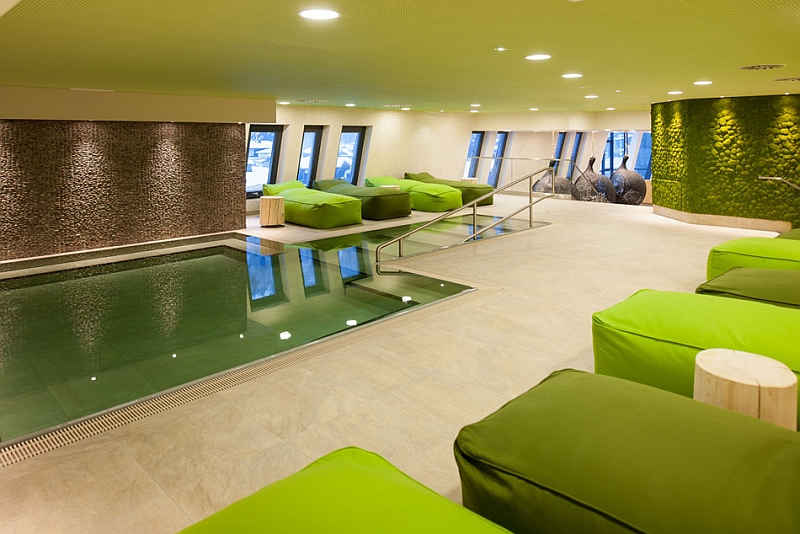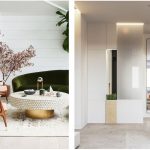Going Green in Interiors – JD Institute

Going Green in Interiors – JD Institute
Our country has a vision for Green Building Environment by 2025.As part of this Vision, we have IGBC (The Indian Green Building Council). Environmentally sustainable and green principles though is seen as a major issue in Interiors today, still in real practice, the use is limited especially when it comes to material selection. This is mainly due to the lack of choice of environmentally sustainable and green materials in the retail market. JD Institute of Fashion Technology believes in contributing to the society, we train and impart knowledge to our students on contributing and innovating environmental friendly and sustainable products.
The retail sellers have limited knowledge about sustainable and green materials and are hence reluctant to promote the same due to the low demand for such materials in the market. From the client or end user perspective, even for a residential project, a material which is not available in the market or is time-consuming for procurement is a deterrent in the selection of sustainable and green materials. If one looks at the choice of sustainable and green materials available in the retail market then we can clearly understand the gap between the retail sellers, architects, interior designers and end users on the sustainable and green materials. This gap between theory and practice is coined as “sustainable gap” quoted by the eminent researcher (Steig, 2006).

Hemp Bed by Kenneth and Cobonpue
However, there are quite a few interior designers and clients who use sustainable and green materials which they source from environment sustainable specialist and from the various database instead of going to the retail market as this will be time-consuming. An excellent example of Green building and Interiors is Infosys Limited, Mysore.
Sustainability was the main concept here and the same has been developed in five key areas of Sustainable site development, water savings, energy efficiency, material selection and Indoor environmental quality. Interior design is a very fast field and when the focus is on Commercial interiors, we see a total change every 5 to 7 years in the furniture and fittings. This change is brought about to match their interiors with the changing needs of society and end users. This can lead up to a huge cost if sustainable materials were not used. There is now a special need where we need to educate our young design students about the importance of environmentally sustainable and green materials.

Farming – Kenneth and Cobonpue
‘Environmentally sustainable’ and ‘green’ though are used interchangeably in practice there is a difference in both. ‘Green’ refers to the people issues, people safety and health in interior spaces and environmentally sustainable is a more global approach. It is the welfare of our planet, to safeguard it for our future generations too. Hence it is a need for an interior designer to be aware of Green interiors and materials. Few Green and sustainable materials that can be used in interiors are for fabrics, window treatments, floorings, wall and ceilings.
To elaborate on Fabrics ie, green and sustainable fabrics one need to keep in mind that no harmful chemicals were used in its manufacture as these chemicals can run when washed and can leach into the water supply or absorbed by human skin etc. The fabric needs to be from a renewable source and the longevity or lifespan of the product needs to be high. Long lasting is environment-friendly as it needs less maintenance. It also needs to be biodegradable. Example, organic cotton, organic linen, bamboo, hemp, soy fibre etc. Animal fibres include wool, cashmere, and camel hair, silk. Some fibres are spun from plastic and industrial waste. This diverts landfills and the product is recycled. For window treatments, we can use natural grass, hemp which is high resistance to UV rays. Bamboo, FSC timber blinds etc. are also used for windows. Hardwood flooring can have replaced with reclaimed wood, Bamboo, cork linoleum, rubber etc. Natural stone, carpets can be made from bamboo and hemp. Paints used shall be non-VOC and water based. For flooring tiles, glass, ceramic or porcelain can be used. Planning the interior spaces utilizing maximum natural light can save on electricity. The strategy adopted should not only be Green but to go beyond green.

Green Interiors of the Refreshing Spa with Green Fabric Chaises – Home Design Photo
Once our future Interior designers are ready with the information on available materials, procurement details and technical data they will be in a better position to design for clients incorporating a change in traditional design approach. An approach that would involve energy saving, reduce emissions, harmful mental and physical health of clients, environmental pollution apart from focusing on fashion, luxury and design. (Yang.et.al 2011).
JD, being one of the top institutes for Interior Design in India, believes in having green elements in Interior. Our Interior design course details are designed by our industry experts to make sure the JEDIIIANS are taught the importance of taking a step and being the change by providing for the future generation.









